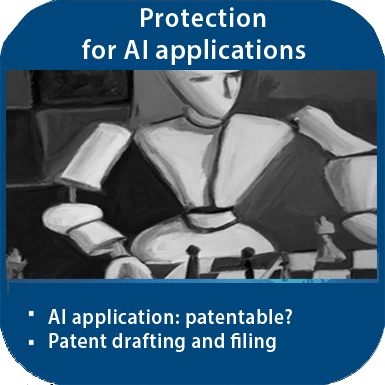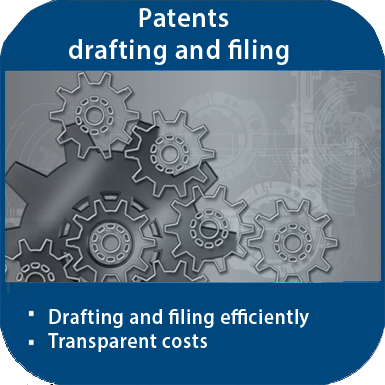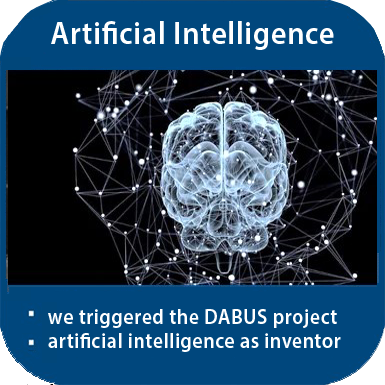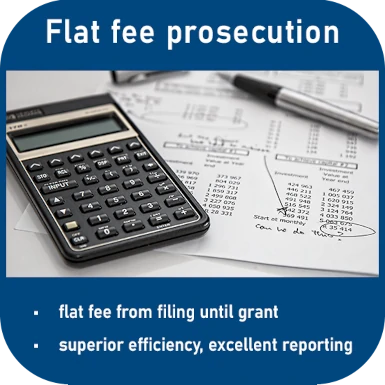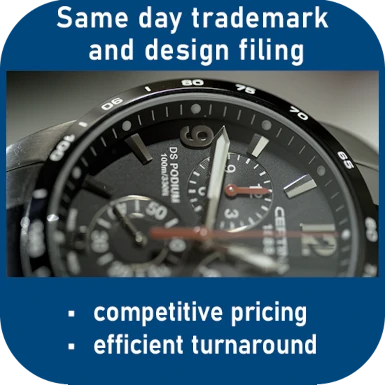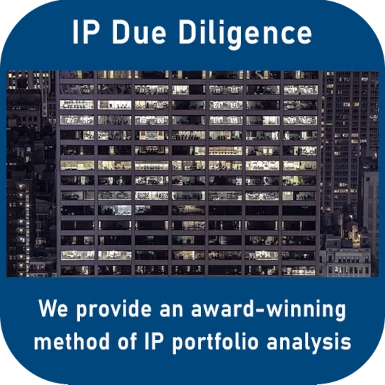Algorithm and AI inventions as a patent
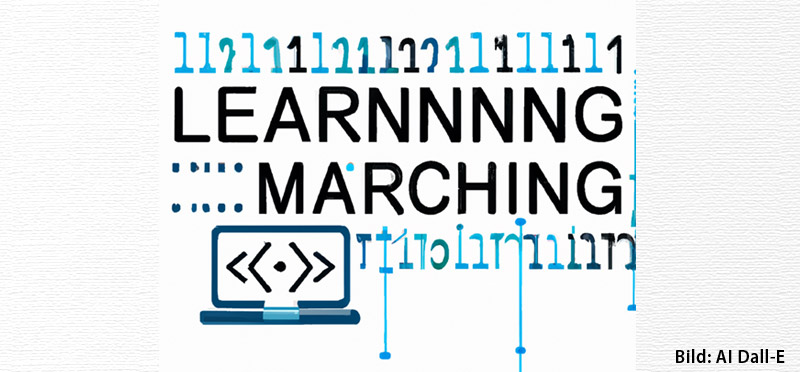
Patent protection for AI and software inventions is possible in general, even as a German or European patent. However, to think and formulate the patent application professionally and strategically is a demanding task. For AI, computer models, software and algorithms to be protected with patents, the specific requirements must be taken into account and also the entire context in the patent application.
As a rule, if the models are purely computational, as may be the case for k-means, kernel regression or discriminant analysis, they are per se initially considered to be of a mathematical nature and thus "not patentable" - even if they are "trained" in the sense of AI or machine learning.
What are the requirements for patent protection in the field of AI and software?
Overall technical character - also with non-technical features
First of all, the same applies to AI and software inventions as to any patentable invention: the claimed subject-matter must have an overall technical character (see, for example, European Patent Convention, Art. 52(1), (2) and (3)). Non-technical features may also be included as long as the overall technical character is present.
The following features suggest such a technical character:
- A technical purpose
- Claim features contributing to the technical character of the invention
- A technical implementation
- The use of a technical means
The difficulty for patent protection of inventions in area of AI, algorithms and software lies in the detail and context for the overall technical character in the patent application.
Algorithms as patents: EPO decision-making practice
This becomes clearer with a practical example. Let us take a look at the decision-making practice of the European Patent Office (EPO) with regard to inventions in the field of algorithms. Under "Typical technical application" you will find some of the inventions in which algorithms were considered patentable.
Algorithm Invention: ‘Typical technical application’
- Neural network in medical monitoring (e.g. to detect irregular heartbeats).
- Separation of sources in speech signals; speech recognition, e.g. assignment of speech input and text output
- Encryption/decryption or signature of electronic messages; generation of keys in an RSA encryption system
Algorithms for classification, clustering, regression and dimensionality reduction are initially not considered patentable; they can only be patentable if there is a technical purpose or technical features. Therefore, depending on the context, terms such as "support vector machine", "reasoning engine" or "neural network" may refer to a mathematical and thus non-patentable model or may be part of an overall technical subject matter and thus patentable.
It is often expedient that the technical purpose or technical implementation is specifically described in the patent application.
The use of a computer – in sense of 'technical means'?
A generally stated purpose such as 'control of a technical system' is often not sufficient to confer patentability on an algorithm or mathematical method. And it is often insufficient, too, that the application of such an invention requires a computer. Reasons for the specific use of a computer should be given in order to support patentability. Technical considerations must should always go beyond the mere fact of computer use (see G 3/08, OJ EPO 2011, 10, grounds 13.5 and 13.5.1).
The context in the patent application is important. Case T 1358/09 (Classification/BDGB ENTERPRISE SOFTWARE) of 21.11.2014 shows that the board of appeal of the EPO recognized that the claimed classification algorithm can provide reliable and objective results. However, this was an inherent property of deterministic algorithms, the board decided, and therefore non-technical. Also, the mere fact that an algorithm leads to reproducible results does not fulfil a technical character.
Ultimately, this invention was rejected because the only application recognized as technical was a "digital application taking place in the computer". But of course, it is trivial for an algorithm to be carried out digitally, and accordingly the board ruled that this was obvious to the person skilled in the art. The patent application was rejected.
Incidentally, the comparison with what a human being would do or with what is known from the prior art is also irrelevant for the distinction between technical and non-technical steps. This is because the determination of the claim features that contribute to the technical character of the invention is basically done without reference to the prior art. Thus, one cannot successfully argue that one has a technical step to show because the method according to the invention works better or more effectively than others.
In this context, you may also find it interesting to read:
- Is a software invention patentable?
- EPO: AI invention with meta-learning scheme
- EPO: Non-unique cell ID in telecommunications
Patent for a 'digital' invention involving algorithms or AI
Would you also like to file or defend a patent application for a 'digital' invention involving algorithms, software or AI?
Our patent law firm has deep expertise in this area. We are also happy to give you a realistic initial assessment of the patentability of your invention.
Please contact our patent law firm Köllner & Partner, an enquiry is free of charge and without obligation. You can reach us by phone at +49 69 69 59 60-0 or please send us an email info@kollner.eu.
